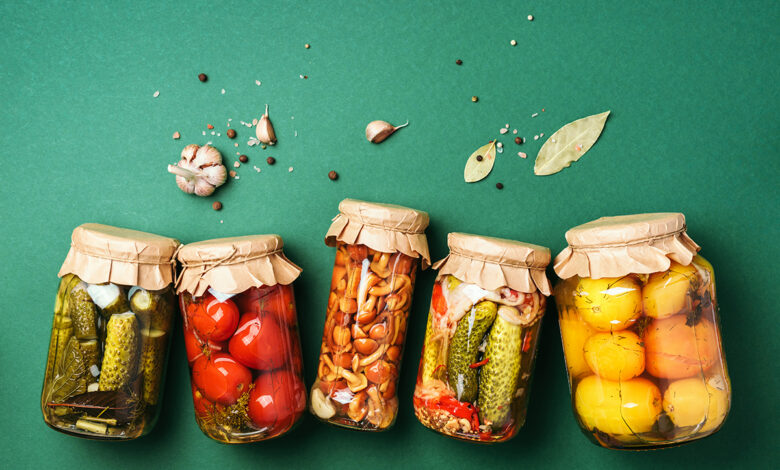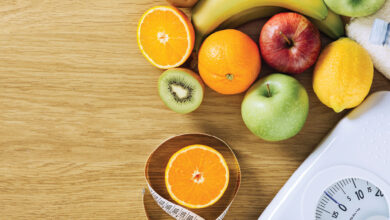Safety first when canning your own foods

Fresh fruits and vegetables are full of flavor and can make for wonderful additions to anyone’s diet. But as many foodies know, it’s not always easy to find your favorite fresh fruits and vegetables at the grocery store.
Various fruits and vegetables are more readily available at certain times of the year when they’re considered in-season. Though such foods won’t necessarily be unavailable throughout the rest of the year, they might be harder to find in the offseason. In recognition of that difficulty, many people turn to canning.
The U.S. Food and Drug Administration and the American Medical Association note that home canning can be an excellent way to store and preserve various foods, including produce. However, both the FDA and the AMA warn that improperly canned foods can cause botulism. Botulism is a rare, potentially deadly form of food poisoning.
The threat posed by improper canning is significant, and the FDA and AMA offer the following tips to help people safety and properly can their own produce.
Use the right canner. When canning foods, use a canner manufactured for canning and not just pressure cooking. When choosing a canner, make sure it’s the right size, as the FDA notes that canners that are too small can lead to undercooking. Canning low-acid vegetables, which includes green beans and corn, as well as meats, fish and poultry requires the use of a pressure canner. Boiling water canners should not be used for low-acid foods, as such products cannot protect against botulism.
Clean your pressure canner regularly. Maintaining a pressure canner also is vital to avoid food poisoning. If the canner has a rubber gasket, make sure it is flexible and soft and not brittle, sticky or cracked. Routinely clean openings on small pipes or vents to ensure these parts do not contain any debris. Air should be vented from the canner for 10 minutes before the canner is pressurized.
Discard foods if you’re concerned about safety. The FDA and AMA recommend home canners adopt the “when in doubt, throw it out” mantra. Home-canned foods can be contaminated even if they look, smell or taste normal. Inspect jars carefully when opening home-canned foods. Leaking, bulging or swollen containers may contain contaminated foods. Food also may be contaminated if containers are damaged or cracked or if they spurt liquid or foam upon being opened. Contaminated foods may be discolored, moldy or smell bad.
Canning foods at home can be a great way to enjoy your favorite foods even when they’re not in-season. But safety should be the utmost priority when canning foods at home.




